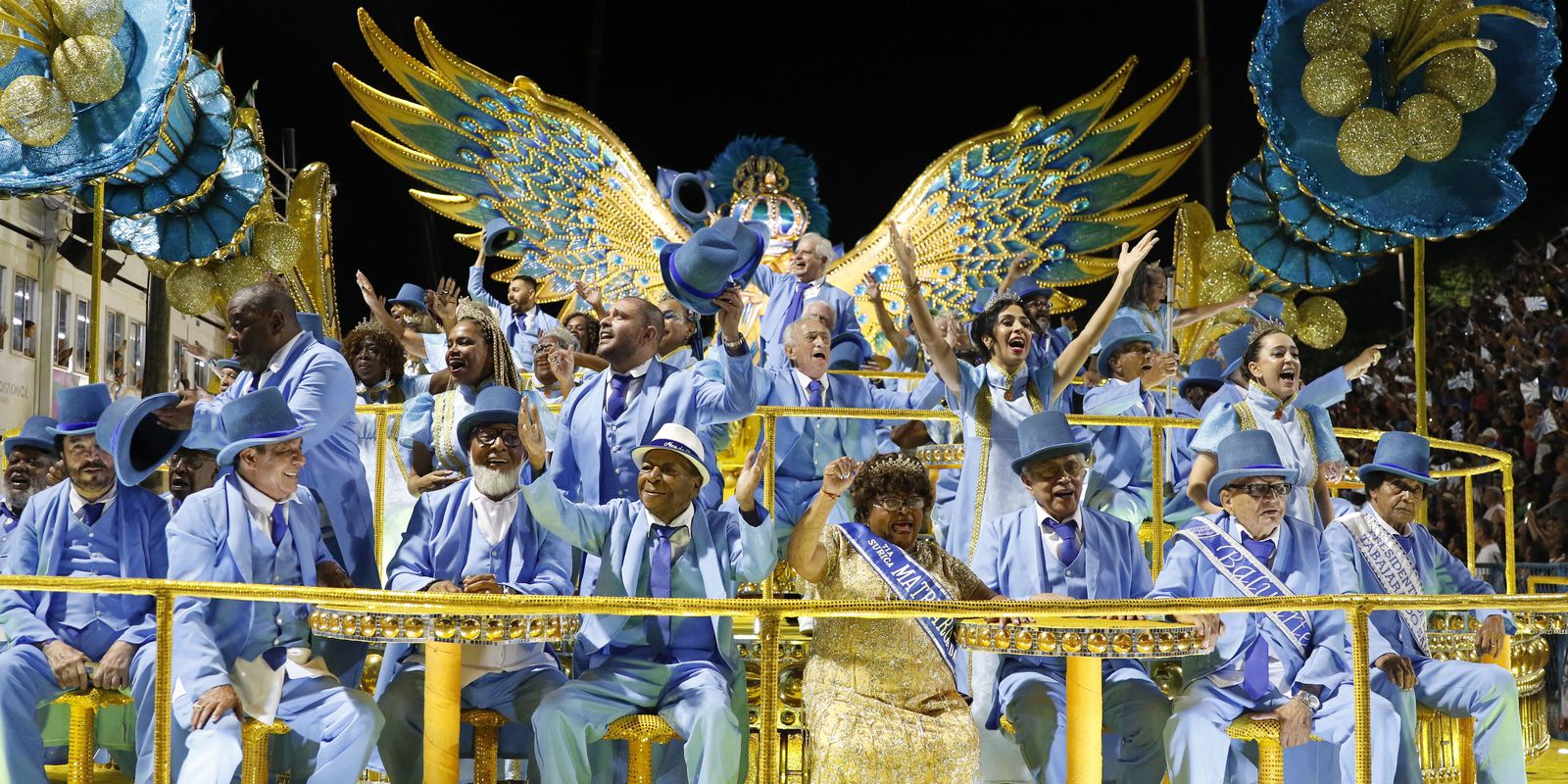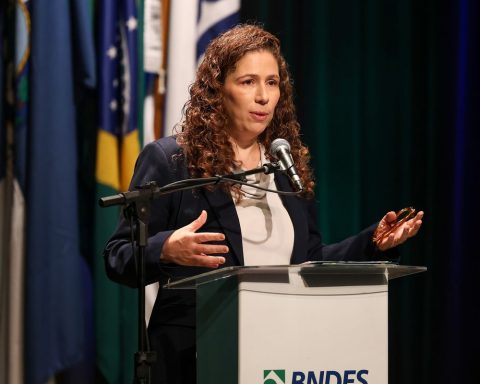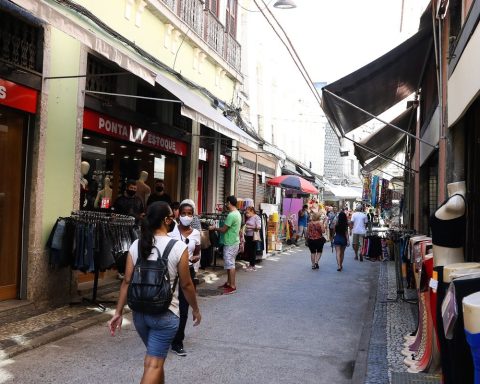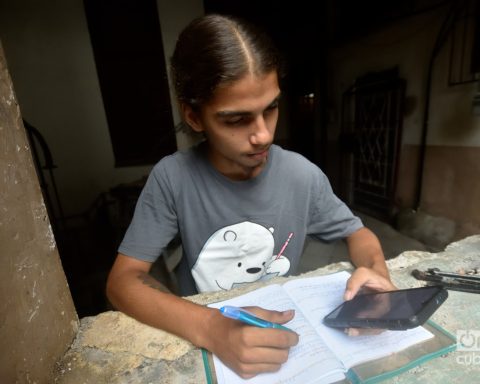The oldest and biggest winner of the Carioca Carnival, the Portela samba school turns 100 today (11). Founded on April 11, 1923 in the neighborhood of Oswaldo Cruz, part of the administrative region of Madureira, north of Rio de Janeiro, the association collects 22 titles. The last one was won in 2017, after more than three decades of fasting. Known for its blue and white colors and the eagle symbol, it is the only one to participate in all the city’s parades.
Among the most emblematic sambas-enredo, some stand out, such as Legends and Mysteries of the Amazonfrom 1970, which brought references to the peoples, legends and folklores of the forest; sand tales, from 1984, which honored Paulo da Portela, Natal and Clara Nunes, represented by the orixás Oranian, Oxóssi and Iansã; It is I like that I curl upfrom 1995, about the history of carnival in Brazil.
Famous names of Rio samba are part of the school’s history: Paulo da Portela, Natal, Candeia, Monarco, Paulinho da Viola and Tia Surica. The latter is the current Honorary President. The acting president is Fábio Pavão, elected last year. Who knows this centenary legacy well is the composer Noca da Portela. He is 90 years old and is the author of sambas-enredo awarded at carnival.
“For me, Portela is not just a school. It is a religion where all of us, young and old, sing and compose in the same samba catechism. It’s a tradition. The Velha Guarda are all descendants of the great poets of the school. Since childhood, people from Porto learn to love school, give everything on the avenue and do everything for Portela to be victorious. It’s a big family.”
At the age of 84, flag bearer Vilma Nascimento, also known as Cisne da Avenida, is very proud of Portela. She has paraded for the association since 1957.
“I love that avenue, I might even stop showing up on the school square, but on the avenue I already said: even take me in a wheelchair. When I suffered a disaster in São Paulo, I had 32 stitches in my head. I was operated on during Carnival week. I went to the avenue full of points. I really like carnival. I was raised since I was a little girl in the middle. I live for it.”
The association celebrates the past, but also thinks about building new victorious chapters at Sapucaí. Among the new members, there are three generations of flag bearers in Vilma Nascimento’s family. Daughter, granddaughter and great granddaughter are following in her footsteps now.
“I’ve been from Porto since I was a little girl. And it wasn’t because of my family’s influence. I looked up and fell in love”, declares Clarice Nascimento, the 15-year-old great-granddaughter. “Portela has a big part of my heart. I really like going to the court, talking to people, creating friendships. Portela is a great love for me.”
The sambista and composer Ciraninho, 42 years old, says that the secret for the school to keep exciting on the avenue is to look at the centenary history.
“Preserving composers and the Old Guard is practically a matter of survival for our generation. It’s knowing how to look back at what they did, and knowing how to carry the legacies forward. So that Portela can celebrate 100 years of magnificent history and have another 100 years of glory ahead.”
Schedule
Portela set up a series of events to celebrate the anniversary. This morning, a mass at Christ the Redeemer celebrated its 100th anniversary. Now at night, one show at Praça Paulo da Portela, in Madureira, it features performances by the Velha Guarda and the school’s Grupo-Show. Next Sunday (16th), there will be a school parade through the community, with historic sambas included in the repertoire.
Carnival 2024
Work for next year’s parade at Sapucaí is also in progress. Under the command of carnavalescos Antônio Gonzaga and André Rodrigues, Portela will present the theme A Color Defect. It is based on the novel of the same name by writer Ana Maria Gonçalves. The proposal is to present new perspectives of Brazilian history, from the trajectory of the black mother, Luisa Mahim. An elderly African woman, blind and on the verge of death, leaves Africa for Brazil in search of a lost child and witnesses a series of violence related to slavery.

















